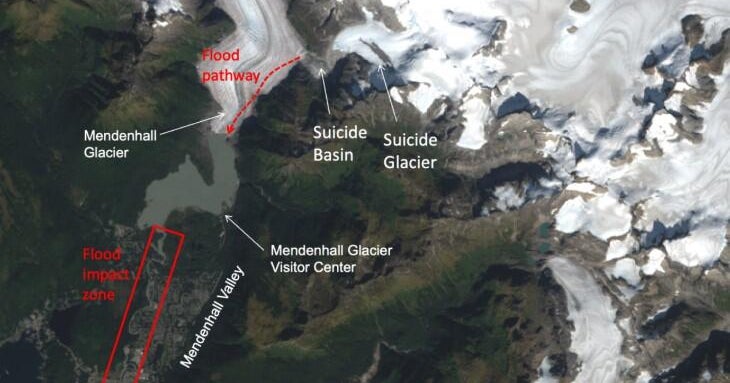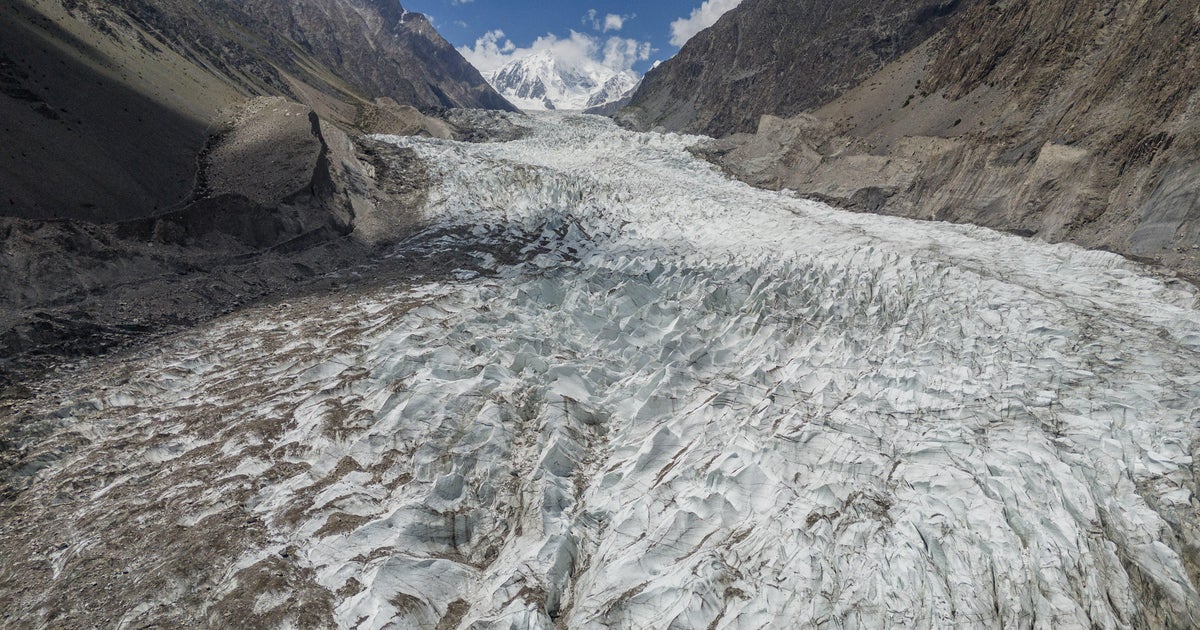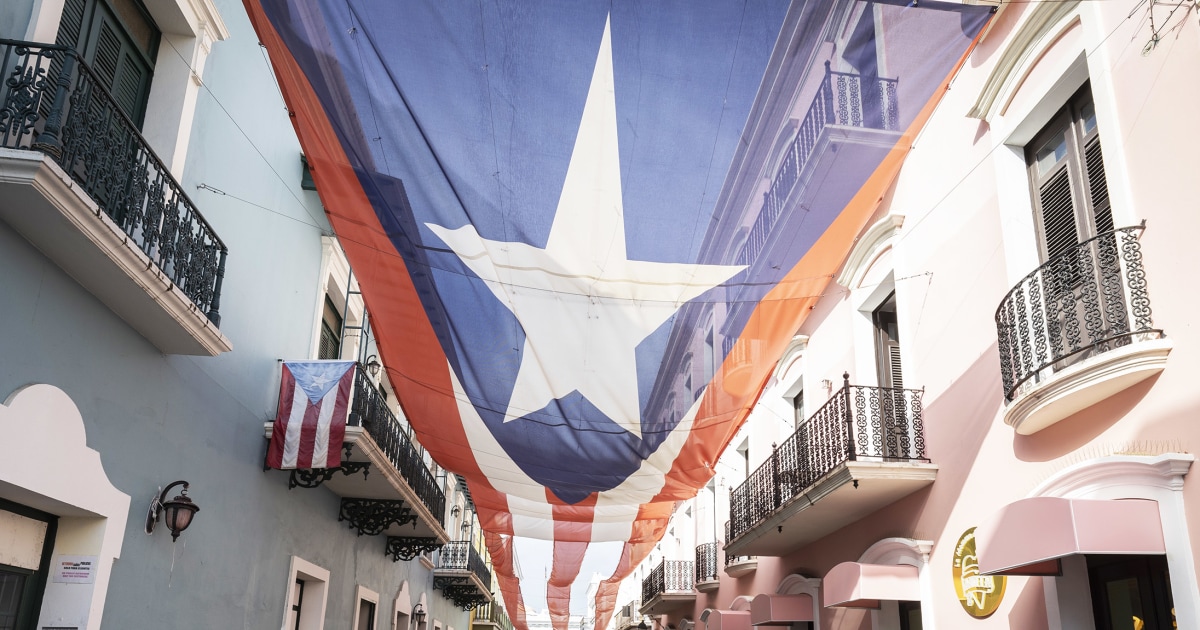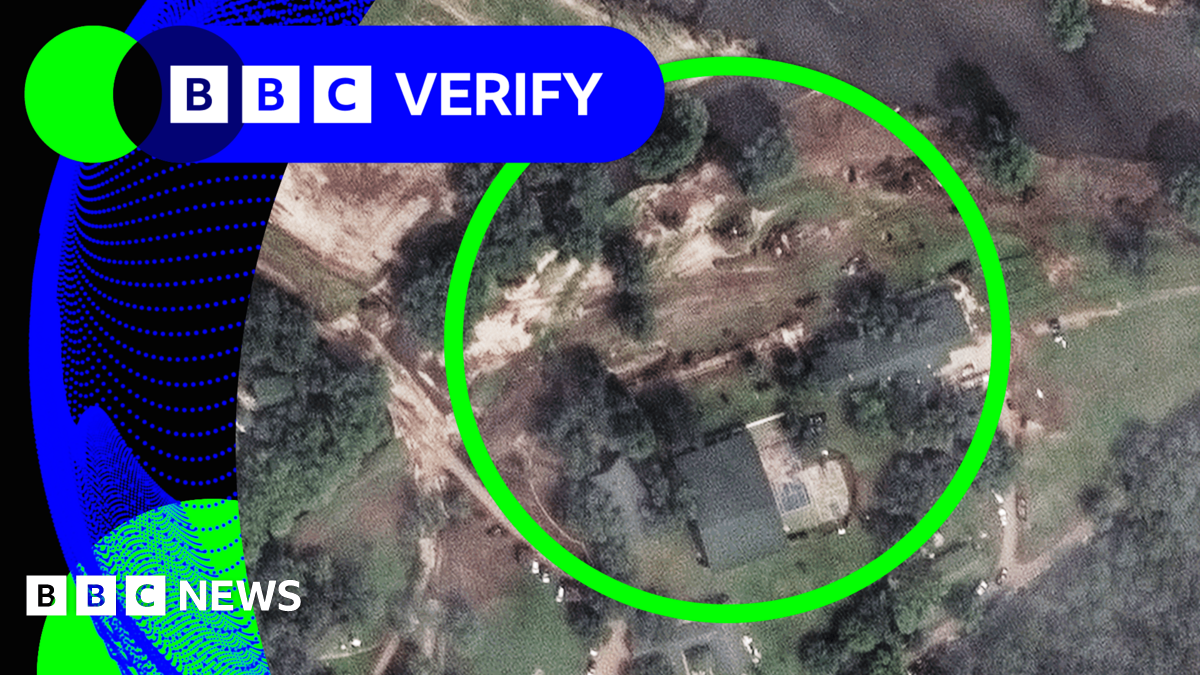Pakistan Monsoon Disaster
Introduction
Pakistan has been hit hard by monsoon flooding, with the death toll rising to 220 and forecasters warning of more rain to come. The northwest district of Buner has been particularly affected, with 63 bodies recovered from homes devastated by flash floods and landslides. It is a devastating situation with many families losing their loved ones and homes. This is a time of great need for the affected communities.
Impact of the Monsoon Flooding
The monsoon season in Pakistan typically runs from July to September, bringing heavy rains and causing rivers to overflow. This year’s monsoon has been particularly severe, with the death toll rising every day. The floods have destroyed crops and livestock, devastating the livelihoods of many families. The impact is not just limited to human life, but also the economy and infrastructure of the affected areas. The government and humanitarian organizations are on the ground, providing aid and support to those in need.
Looking Ahead
The forecast for more rain in the coming days is a cause for concern. The already vulnerable communities are at risk of further devastation. The government is taking precautionary measures, such as evacuating people from high-risk areas and providing emergency shelters. But with limited resources and difficult terrain, the relief efforts are challenging. It is a reminder of the urgent need for disaster management and preparedness in
About the Organizations Mentioned
Pakistan government
The Government of Pakistan, officially known as the Federal Government, is the central authority of the Islamic Republic of Pakistan. It operates as a federal republic with three primary branches: the **legislative**, **executive**, and **judiciary**. The system is based on the Westminster model, ensuring a separation of powers to preserve individual liberties[2]. ### History and Structure The government's structure is defined by the Constitution, which outlines the roles of each branch. The legislative branch is a bicameral parliament, while the executive is headed by the prime minister and supported by the president. The judiciary, led by the Supreme Court, ensures the rule of law[2]. ### Key Achievements and Initiatives - **Pakistan Vision 2025**: This initiative aims to transform Pakistan into an upper-middle-income country by 2025 and one of the top ten economies by 2047. It focuses on areas like education, healthcare, and economic growth[8][10]. - **Economic Reforms**: The government has been working on structural reforms to stabilize the economy, improve the business environment, and attract foreign investment[7]. ### Current Status Currently, Pakistan's economy is stabilizing, with efforts to enhance private sector participation and improve governance. However, challenges persist, including a need for more robust economic growth to address poverty and high population growth[7]. ### Notable Aspects - **Technological Advancements**: The government aims to leverage technology to enhance public services and governance, aligning with global best practices[3]. - **International Engagement**: Pakistan engages internationally to attract investment and improve its economic standing, particularly through collaborations with organizations like the World Bank[7]. Overall, the Pakistani government plays a crucial role in shaping the country's development trajectory, balancing economic growth with social and governance reforms.
Humanitarian organizations
Humanitarian organizations are dedicated entities, primarily non-profit NGOs, that provide critical aid and support to populations affected by crises such as armed conflicts, natural disasters, famines, and displacement. Their core mission is to save lives, alleviate suffering, and uphold human dignity by delivering essential services like food, shelter, healthcare, and protection to vulnerable groups worldwide[1][3][4]. The roots of humanitarian aid trace back to ancient ethical and religious traditions, including Christian charity and Islamic Zakat, and gained formal recognition after World War I with frameworks like the Treaty of Versailles. Over time, humanitarian action has evolved into a globally coordinated effort guided by fundamental principles of humanity, impartiality, neutrality, and independence—ensuring aid is provided based solely on need without political bias[1][2][5]. Key humanitarian organizations include the International Committee of the Red Cross (ICRC), United Nations agencies such as UNHCR and UNICEF, and NGOs like Médecins Sans Frontières (Doctors Without Borders) and the International Rescue Committee. These bodies operate in complex environments, often conflict zones, providing medical care, protection for civilians, and advocacy for human rights, all while navigating challenging political and security landscapes[4][7]. Humanitarian organizations have achieved significant milestones in crisis response and recovery. They have saved millions of lives annually, facilitated refugee protection, and contributed to global stability by reducing poverty and conflict-driven displacement. Their work also includes preparing communities for disasters, advocating for accountability, and supporting sustainable peacebuilding efforts[3][6]. Currently, the scale of humanitarian need is unprecedented, with hundreds of millions requiring assistance globally due to escalating conflicts and disasters. Humanitarian organizations continuously adapt by leveraging technology for data sharing, coordination, and efficient resource deployment, enhancing their impact amid growing complexity[6][7][9]. Notably, humanitarian work intersects with business and technology through innovations in logistics, data analytics, and communication platforms, enabling rapid, targeted responses and improving transparency and accountability in aid deliver







